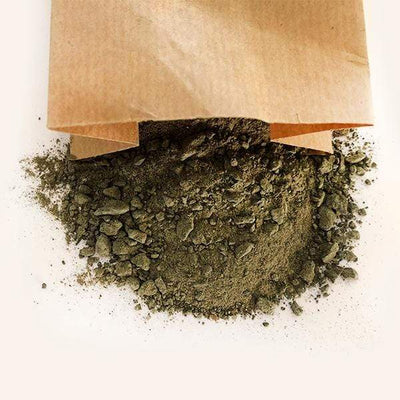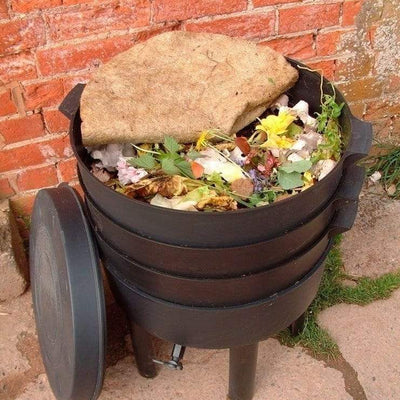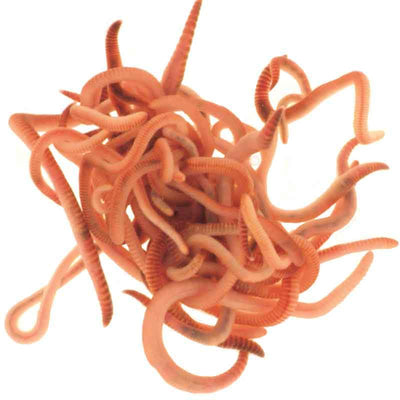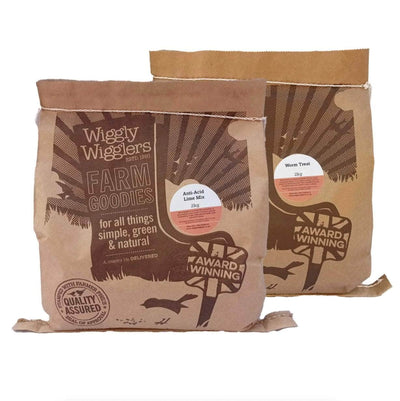Ah, protein poisoning – also known as "sour bin" or "acid rot" – sounds dramatic, doesn’t it? But don’t worry, it’s a common issue and we can help you sort it out sharpish.
It usually happens when too much high-protein food (like meat, dairy, or cooked food) gets added to the wormery – especially if it's not been Bokashi pre-treated. This protein breaks down anaerobically (without oxygen), producing ammonia and acidic conditions. That’s a problem for your lovely worms, who thrive in a moist but neutral-pH, well-balanced environment.

You’ll often notice:
-
A strong sour or ammonia smell.
-
Worms trying to escape or gathering near the top.
-
A mushy, sludgy texture in the compost.
-
Few or no worms down in the bedding.
-
Possibly some casualties (sorry).
Here’s What to Do:
-
Stop feeding immediately. Give the wormery time to recover.
-
Add plenty of carbon-rich bedding (like shredded cardboard, paper, or dry coir). This helps absorb excess moisture and balance the pH.
-
Remove any rotting protein-rich food if possible – a quick dig through with gloves or a scoop will help.
-
Leave the lid off (if indoors or protected) or increase ventilation. Letting some fresh air in will help dissipate the smell and let things re-balance.
-
If you've got some, sprinkle a handful of lime mix or garden lime or rock dust (not fertiliser lime – look for "calcified seaweed" or "worm-friendly lime") to raise the pH.
-
Keep an eye on the worms. Once they’ve regrouped and are active again (should be within a few days to a week), you can slowly reintroduce gentle, non-smelly feeds like veggie peelings, apple cores, and coffee grounds.
Wiggly Tips to Avoid Protein Poisoning Next Time:
🐛 Stick to plant-based scraps – especially raw fruit and veg. Worms can process meat and dairy but it’s more challenging. It works pretty well if it’s gone through a Bokashi bin first, but if you’re not Bokashi-pre-treating it, best avoid where possible.
🌱 Think browns and greens – always add some carbon-rich bedding with your food scraps. If it’s looking wet or smelly, add more browns.
🧺 Bokashi it first – if you’re keen to add meat, dairy or cooked waste, Bokashi is your best mate. Ferment it first (we make our own Bokashi Bran right here on the farm) and then add small amounts to your wormery with bedding to help them handle it.
🌬️ Watch moisture levels – your wormery should feel like a wrung-out sponge, not a swamp. Add dry bedding regularly.
📆 Feed little and often – especially in cooler months. Don’t overload.
🐓 If in doubt, leave it out – and maybe treat the hens or compost heap instead!
If you’re ever unsure, snap a photo or drop us a line – we’re always happy to help get your worms back on the wiggle.
From our farm to your footprint, 🐛🌍






